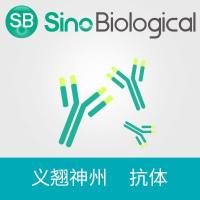Identifying Inhibitors of ATM and ATR Kinase Activities
互联网
648
The Ataxia Telangiectasia mutated (ATM) and the ATM and Rad3-related (ATR) proteins function in partially overlapping DNA damage checkpoint pathways that orchestrate the cellular response to DNA damage. Both proteins belong to a growing family of serine/threonine-directed kinases that contain C-terminal kinase domains bearing significant sequence homology to those of mammalian and yeast phosphoinositide 3-kinases (1 ). In response to genotoxic insults, these kinases phosphorylate a number of key proteins that control cell cycle progression and DNA repair (2 ). ATM and ATR-mediated phosphorylation of the tumor suppressor protein p53 and the associated Mdm2 protein result in accumulation and transcriptional activation of p53. The subsequent p53-mediated up-regulation of p21cip1/waf1 protein levels results in inhibition of G1 cyclin-dependent kinases and prevents cells from entering S-phase with unrepaired DNA damage. In a similar pathway, damage-dependent phosphorylation of the checkpoint proteins Chk1 and Chk2 ultimately results in the radiation-inducible arrest of cells in G2 through their downstream effects on Cdc25C. Likewise, ATM and ATR regulate the repair of DNA damage through phosphorylation of putative DNA repair proteins like BRCA1, NBS1, and BLM (3 –5 ).








